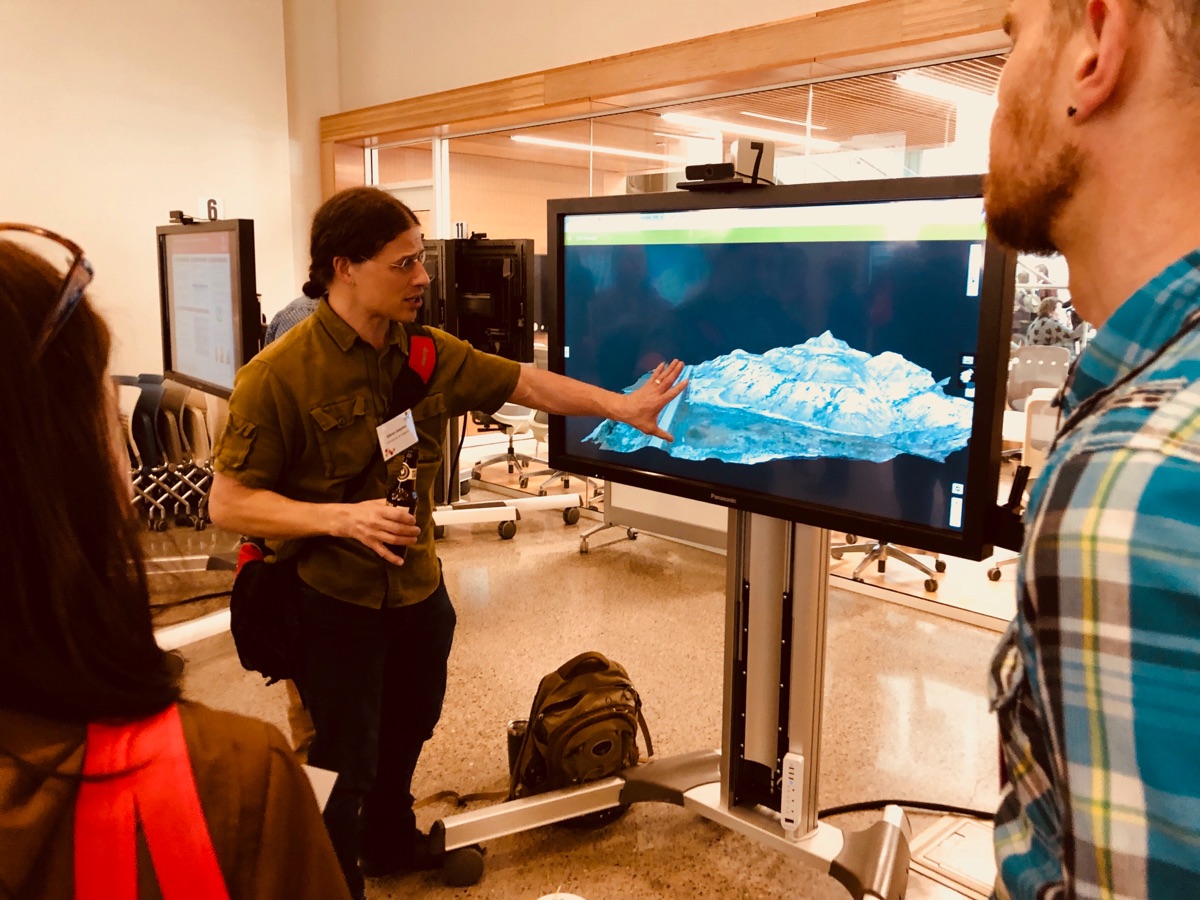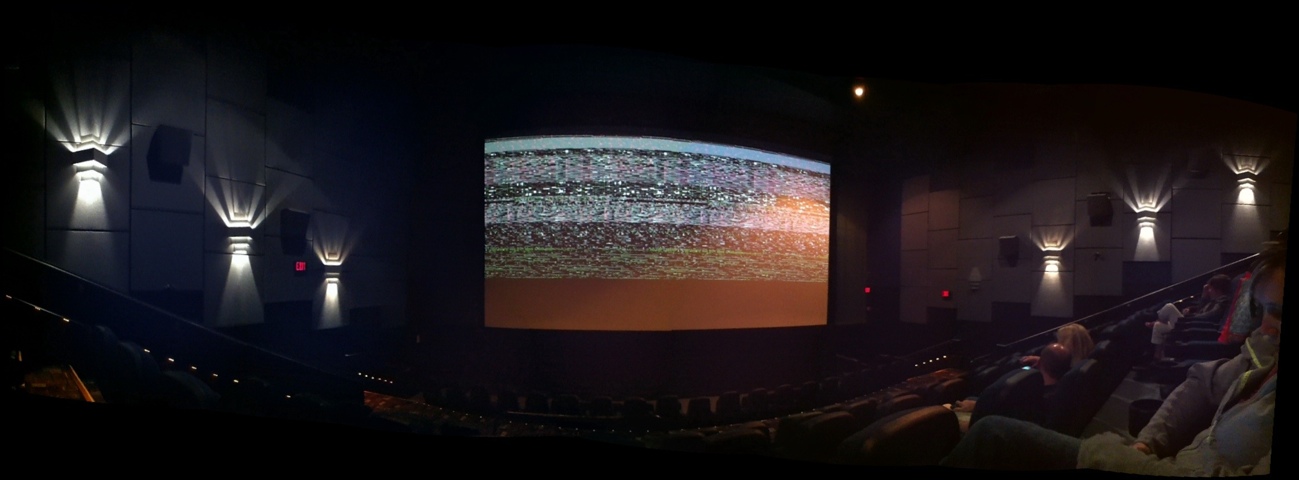Moving beyond the LMS as platform of content consumption
I’ve had the opportunity to work with leaders from various faculties, to develop work plans for developing communication/support, inventory, and procedures that are involved in providing and integrating learning technologies into courses. There are a few themes that keep coming up (paraphrased):
- we need to be led by pedagogy, not technology
- our tools shape what we do with them
- campus platforms are designed for the institution, not the people within
- our processes for requesting/implementing new tools can be prohibitive and stifling
Looking at Brightspace, our campus LMS1 is automatically available for use by every course, in every faculty. If a course exists in Peoplesoft, the instructor is able to activate a course site in Brightspace and use it for whatever they need. The courses are customized slightly for each faculty (some navigation tweaks, some default content, maybe some grade schemas…). The instructor then builds the course - adding course content, setting up discussion boards, gradebook, assignments.2 Then, typically on the first week of the semester, the instructor activates the course and students can access it.
Read More







